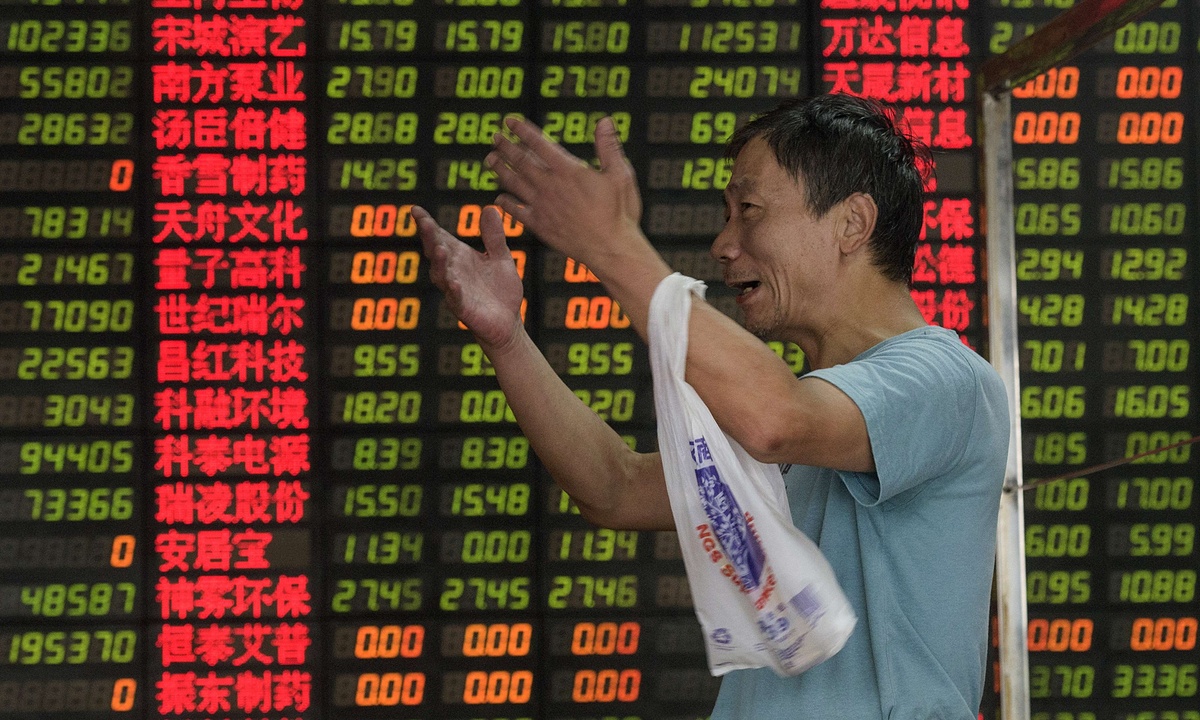A tour of the prospects for the Asia-Pacific’s biggest economies in 2016.
New Year has arrived and with it that special time when resolutions are often made for the year ahead. With this in mind, Pacific Money takes a look at what the Asia-Pacific region’s biggest economies might be hoping for in 2016, and whether they might beat the typically low success rate for New Year pledges.
China: Exceed Growth Target
China has already lowered expectations for its growth prospects, with Chinese President Xi Jinping declaring a 6.5 per cent target for annual GDP expansion from 2016 to 2020, down from the previous 7 per cent target set from 2011 to 2015. But with even the communist party’s Global Times newspaper pointing to the problems of inflated growth data, Beijing may be hard pressed to achieve even its reduced target without further fiscal and monetary stimulus.
The world’s second-biggest economy may also have contracted the deflation disease, according to ANZ Research, giving policymakers another headache as they attempt to restructure the economy from investment to consumption-led growth amid its slowest expansion in 25 years.
Only 8 percent of New Year resolutions are achieved, according to research by the University of Scranton. A refocus by Beijing on the economy, including consolidating its ‘One Belt, One Road’ programme and promoting regional free trade, might go a long way toward beating the average.
Japan: Growth, By Any Means Necessary
Japanese Prime Minister Shinzo Abe’s reflationary programme enters 2016 having yet to convince skeptics, including the bulk of the Japanese public. After three years of ‘Abenomics’, the latest opinion poll conducted by Kyodo News found more than 70 percent of voters did not feel any economic benefits, with only a quarter seeing improvement following massive monetary easing, fiscal expansion and pro-growth structural reforms including the Trans-Pacific Partnership (TPP).
Abe’s success in persuading private companies of the merits of investing at home could be crucial in ensuring the economy achieves so-called “escape velocity” prior to being pulled back with another consumption tax hike in 2017. Nevertheless, stock investors are still smiling, with the benchmark Nikkei Stock Average ending 2015 at its highest annual close in 19 years and with more gains expected by analysts in 2016.
India: Make The Incredible Credible
The Modi revolution has already seen India surpass China as the world’s fastest growing major economy, with a 7.4 percent GDP growth rate in the latest quarter outscoring China’s 6.9 percent reported gain. Even more is expected in 2016 however, with the International Monetary Fund predicting a 7.5 per cent gain for “Incredible India” and the OECD eyeing 7.25 per cent.
However, despite the hype, India’s economy still remains a fifth the size of China’s, showing that there is plenty of work ahead for the South Asian emerging giant to maximise the benefits of its demographic dividend. A hostile upper house, delay in implementing the goods and services tax, and restrictive labour laws are all seen as barriers to continued outperformance, while there have also been questions raised over the quality of India’s GDP data amid weak corporate earnings and sluggish loan growth.
The only BRIC left worthy of the acronym has much more to do in 2016 to achieve its promised destiny, with Indian Finance Minister Arun Jaitley calling for the growth rate to be raised from 7.5 per cent by another 1 to 1.5 percentage point to sustain wage hikes and pension increases. Exports have also slumped for 12 straight months on the back of a stronger currency, making trade deals with TPP members such as Australia and Canada vital to achieve Modi’s goal of doubling exports by 2020.
ASEAN: Make Integration Work
The official establishment of the ASEAN Economic Community (AEC) and its regional free trade zone should point to further growth ahead for Southeast Asia, with its 600 million consumers potentially becoming the world’s fourth-largest economic bloc by 2050.
The International Monetary Fund expects the “ASEAN 5” of Indonesia, Malaysia, the Philippines, Thailand and Vietnam to post 4.9 per cent GDP growth in 2016, although stronger growth is expected for ASEAN as a whole, with the OECD estimating an average of 6.2 per cent annually through to 2020.
HSBC economists expect the AEC to add at least 5 per cent to the region’s economic size by 2030, while BMI Research suggests ASEAN’s share of global GDP could grow from 3.2 per cent to reach 4.7 per cent by 2023.
With the challenges facing the region in 2016, policymakers might consider the advice of experts to keep the New Year resolution list short, tangible and obvious, at least if they wish to beat that lowly 8 per cent achievement average.


